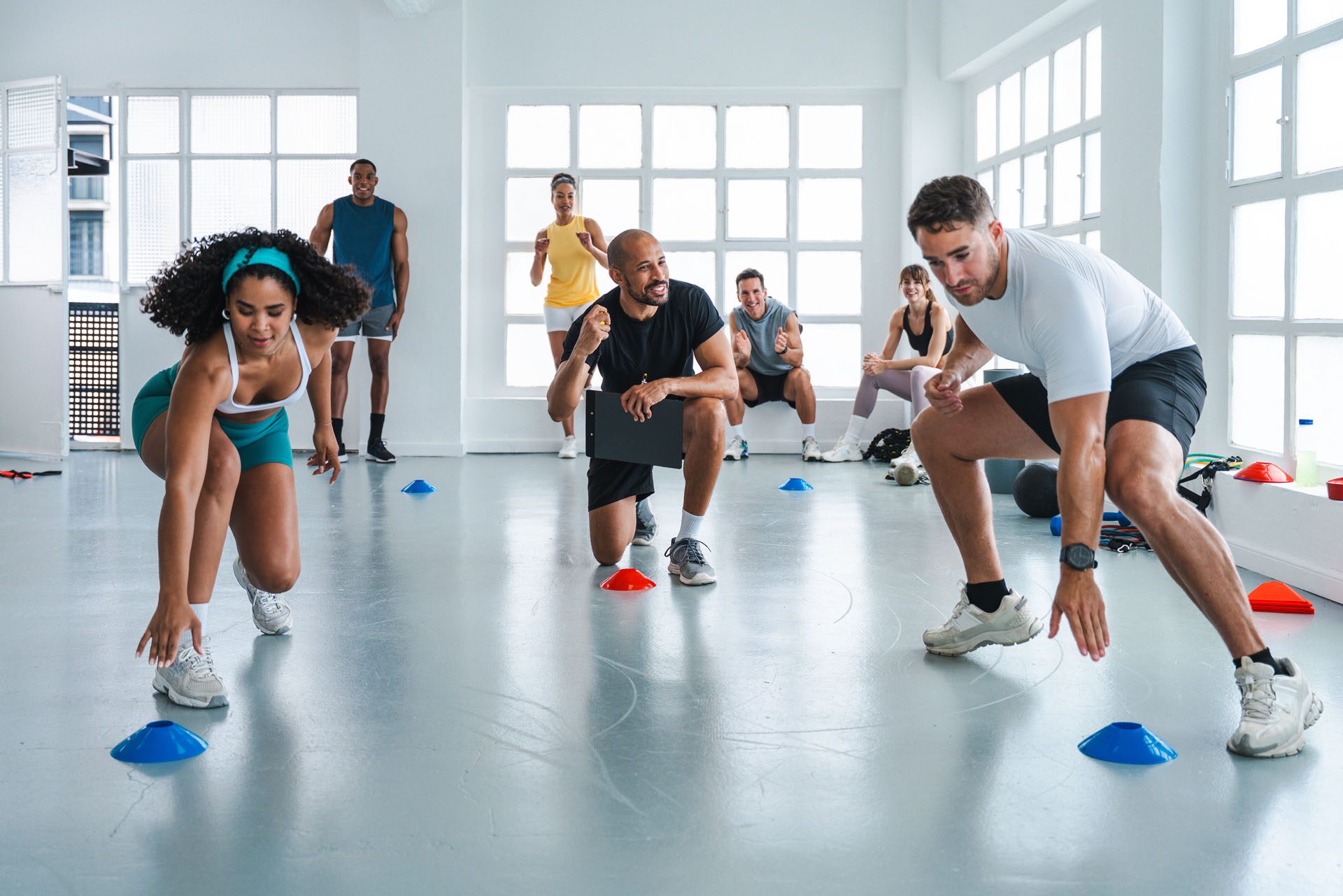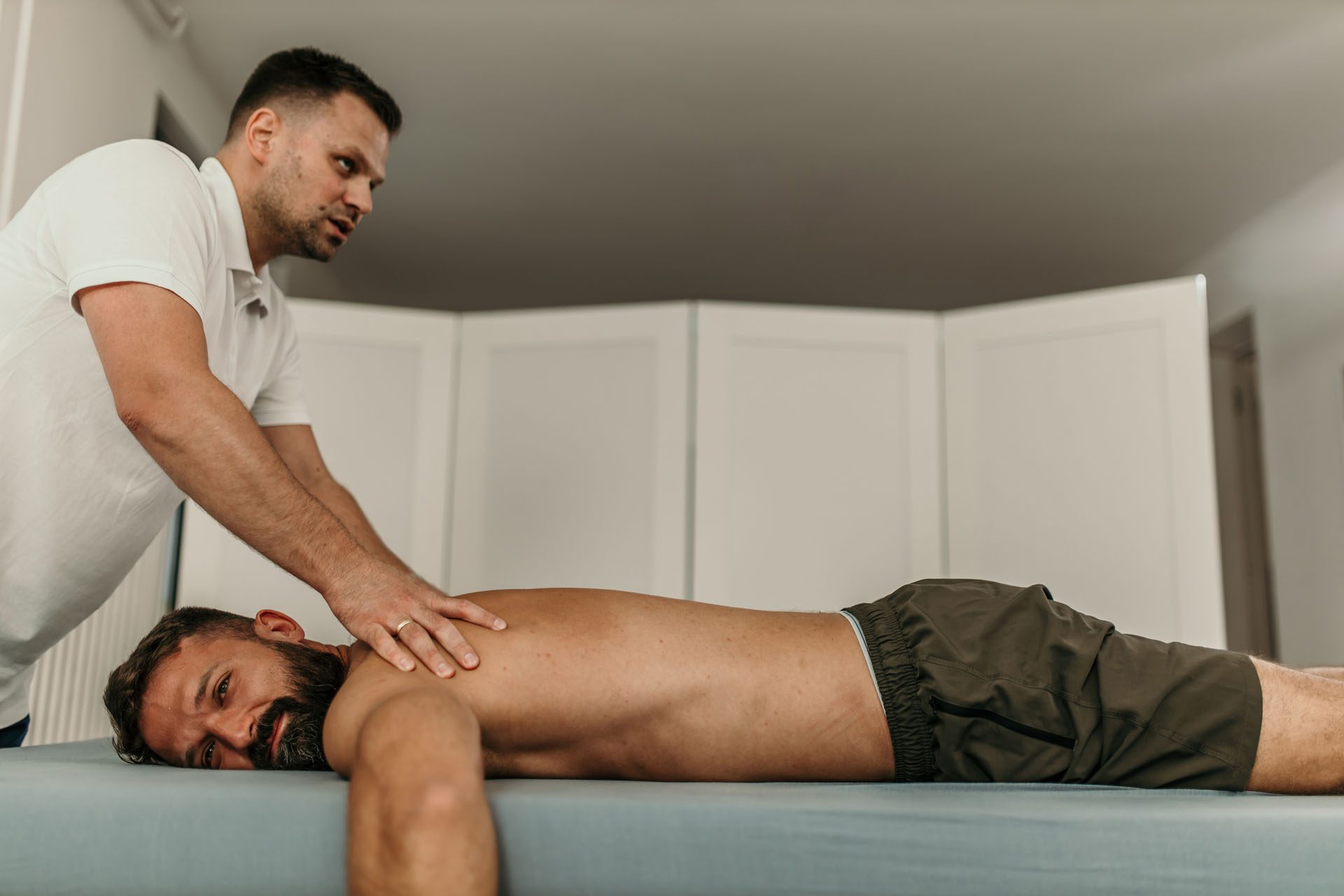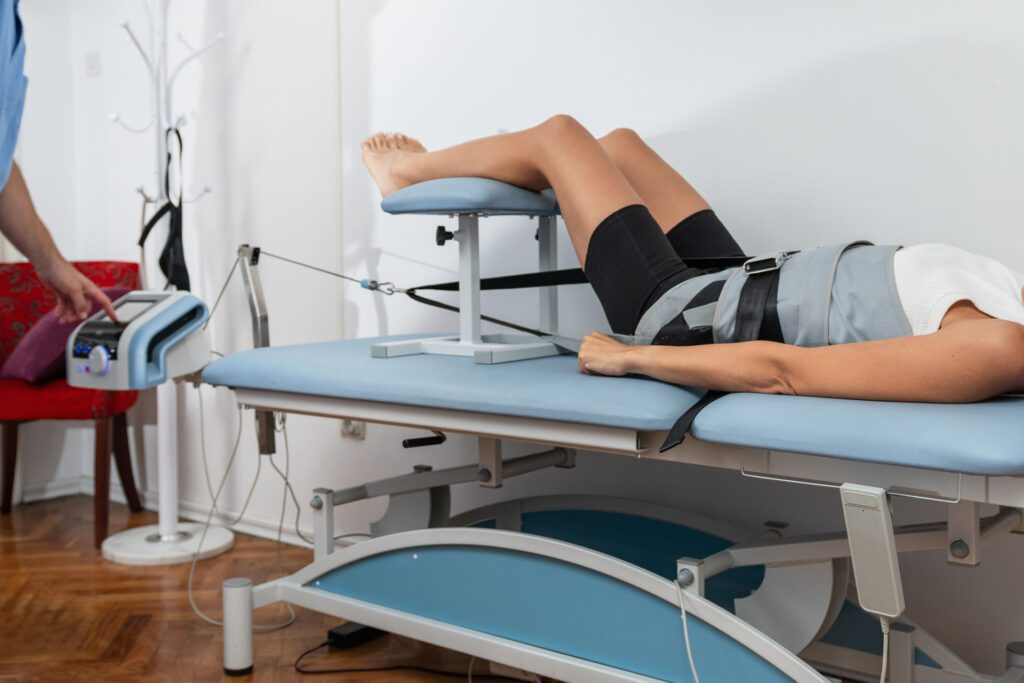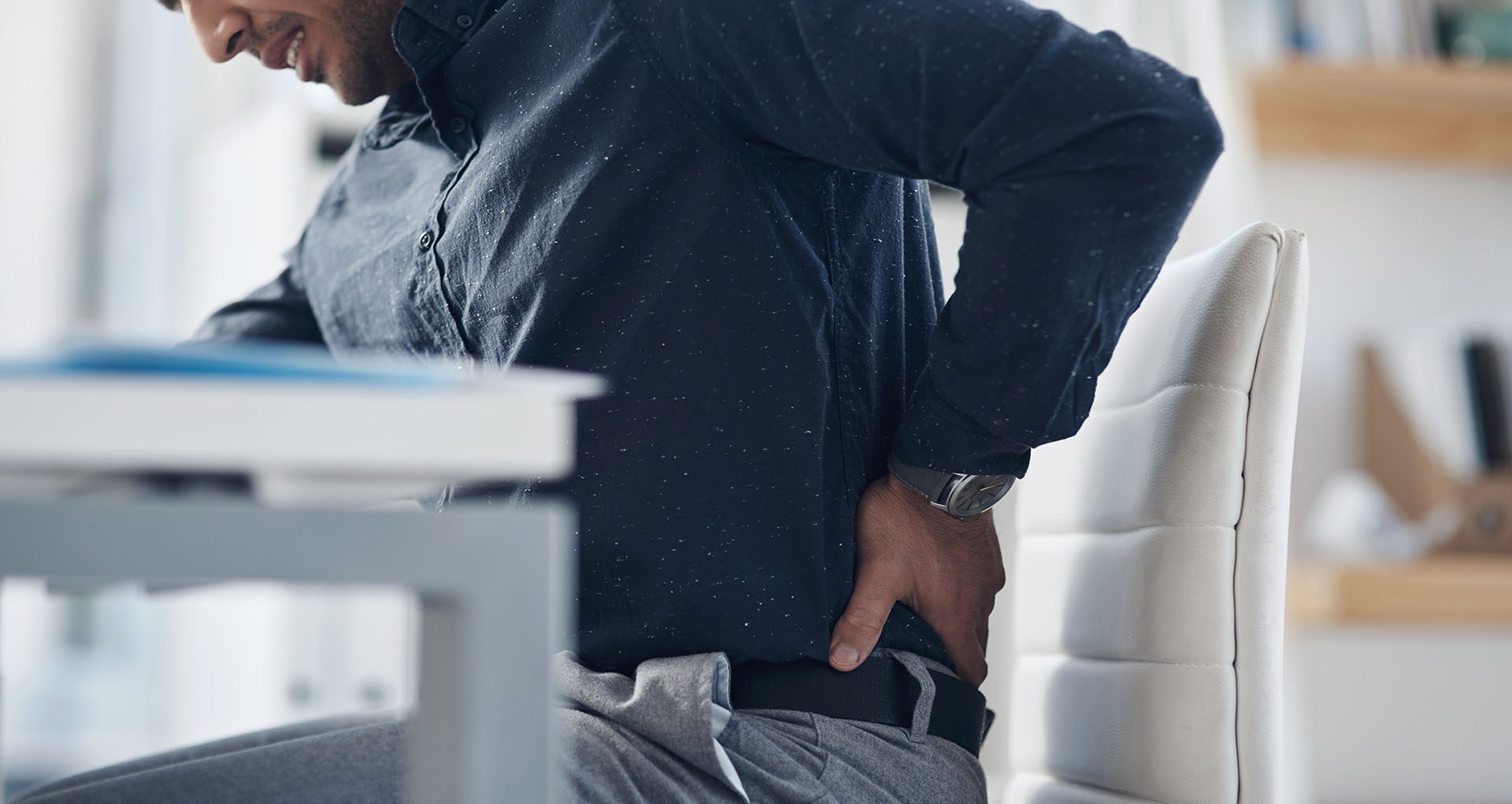Dr. Jimenez’s Guide to Spine and Gut Health
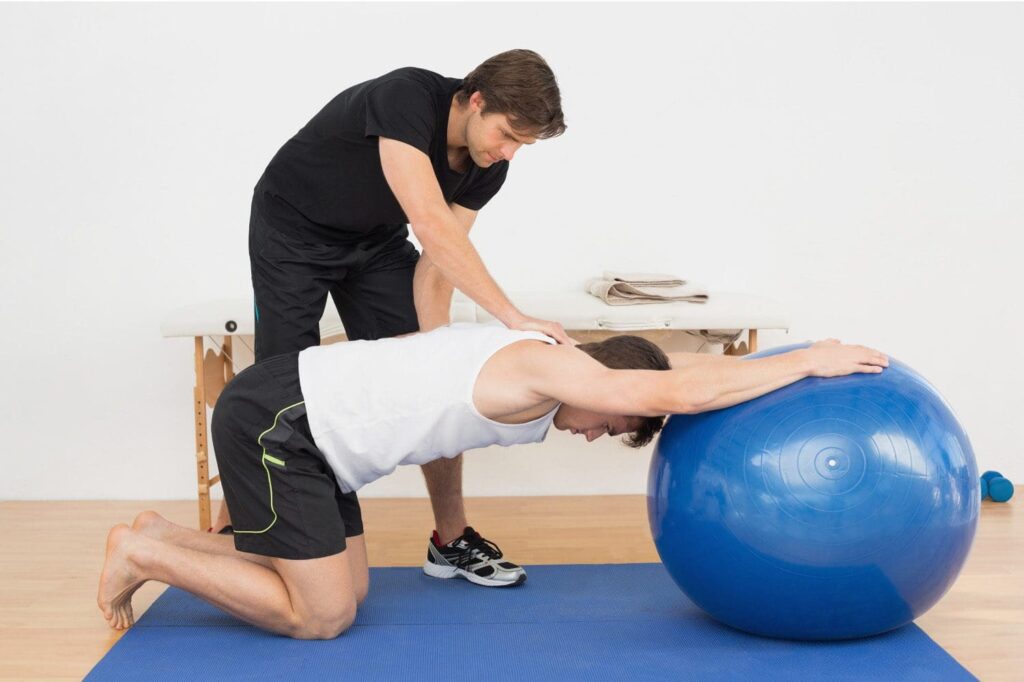
Boost Your Spine and Gut Health: Simple Exercises and Expert Insights from Dr. Alex Jimenez
Many people deal with back pain or tummy troubles every day. Did you know that your spine and gut are connected in ways that affect your whole body? Taking care of both can lead to feeling better overall. In this article, we’ll look at easy exercises that help your spine stay strong and flexible while also improving how your gut works. We’ll talk about walking, yoga poses like cat-cow and child’s pose, and other moves like planks and bird-dog. Plus, we’ll share how experts like Dr. Alex Jimenez use these ideas in real treatments for injuries.
The gut and spine link comes from how your body moves and relaxes. When your spine is healthy, it supports good posture, which helps your organs work properly. Stress or poor movement can slow digestion, leading to issues like bloating or constipation. Exercises can help alleviate this by boosting blood flow, reducing stress, and gently massaging internal organs.
The Connection Between Spine Health and Gut Function
Your spine is like the main support beam of your body. It holds you up and protects nerves that control everything, including digestion. A stiff or weak spine can cause pain that makes it hard to move, and that can affect your digestive system. For example, bad posture from sitting too much tightens muscles around your belly, slowing down food processing.
On the flip side, gut problems can affect your spine. Bloating or gas might make you slouch, putting extra pressure on your back. Experts say regular movement keeps both areas healthy. Brisk walking, for instance, gets your heart pumping and helps prevent back pain by keeping your spine flexible.
Walking is a simple way to start. It improves blood flow to your spine and gut, helping nutrients reach where they need to go. Studies show that activities like this reduce stiffness and support better digestion by keeping things moving in your intestines.
Yoga poses add another layer. They stretch your back while gently compressing your abdominal organs, much like a natural massage. This can ease constipation and improve spinal mobility. Strength moves build core muscles that hold your spine steady, preventing injuries.
Breathing deeply ties it all together. It calms your mind, lowers stress hormones that slow digestion, and helps your diaphragm work better, which aids gut motility.
Now, let’s dive into specific exercises and how they help.
Aerobic Exercises: Walking for Better Digestion and Spine Support
Walking is one of the easiest ways to care for your spine and gut. It’s low-impact, meaning it doesn’t jar your body, but it still gets results. Regular brisk walking strengthens your back muscles and improves posture, which takes pressure off your spine. This can prevent pain and keep your spine aligned.
For gut health, walking boosts digestion by stimulating the muscles in your intestines. This helps food move through faster, reducing the chances of constipation or bloating. Aim for 30 minutes a day, five days a week. You don’t need fancy gear—just comfortable shoes and a safe path.
Start slow if you’re new to it. Walk at a pace where you can talk but not sing easily. This gets your heart rate up, improving circulation to your gut. Better blood flow means more oxygen and nutrients for digestion.
One tip: Walk after meals to help with acid reflux or gas. It’s gentle and effective. Combining walking with healthy habits like drinking water makes it even better for your gut.
Experts recommend this for everyone, from busy adults to those recovering from injuries. It’s a foundation for other exercises we’ll discuss.
Yoga Poses: Cat-Cow, Child’s Pose, Knee-to-Chest, and Seated Twists
Yoga is great because it combines stretching, strength, and breathing. Poses like cat-cow improve spinal mobility by gently bending your back in both directions. This loosens tight muscles and increases flexibility, reducing the risk of back pain.
For the gut, cat-cow massages your abdomen as you arch and round your back. This stimulates organs, helping with motility—the way your intestines push food along. To do it: Start on hands and knees. Inhale, drop your belly, and lift your head (cow). Exhale, round your back, and tuck your chin (cat). Repeat 10 times.
Child’s pose is a restful stretch. Kneel, sit back on your heels, and fold forward with arms out. It relaxes your lower back, easing tension. For digestion, it compresses your belly gently, aiding in bloating relief. Hold for 30 seconds, breathing deeply.
Knee-to-chest is simple but powerful. Lie on your back, pull one knee to your chest, hold for five seconds, then switch. Do both knees together, too. This stretches your lower back, relieving pain, and presses on your abdomen to help gas pass and improve bowel movements. Repeat 2-3 times daily.
Seated twists target both areas well. Sit cross-legged, twist your torso one way, hold, then switch. This stretches out your spine for improved mobility and squeezes your abdominal organs, enhancing blood flow and waste removal. Hold each side for five breaths.
These poses manage stress too, which is key since stress can worsen gut issues like IBS. Deep breathing in yoga activates your “rest and digest” system, calming nerves that control digestion.
Mix them into your routine 3-4 times a week. Start slow to avoid strain.
Strength Moves: Planks and Bird-Dog for Core and Stability
A strong core is essential for spine health. It acts like a natural belt, supporting your back during daily activities. Planks build this strength without much movement, making them safe for beginners.
To plank: Lie face down, rise on forearms and toes, keep body straight. Hold 20-30 seconds. It strengthens the abs, back, and sides, improving posture and reducing lower back pain. For gut health, a strong core helps with posture, which aids digestion by keeping organs in place.
Side planks add variety: Lie on one side, lift your hips up on your elbow and feet. This targets obliques, further stabilizing your spine.
Bird-dog challenges balance. On hands and knees, extend one arm forward and the opposite leg back. Hold, then switch. It builds spinal stability by engaging core and back muscles. This prevents injuries and supports good posture, which helps gut function.
Do 10-12 reps per side. It’s great for pain relief in areas like L5-S1, a common spot for back trouble.
These moves also improve endurance, allowing your spine to stay supported for longer periods during the day.
Breathing Techniques: Diaphragmatic Breathing for Stress and Digestion
Breathwork is underrated but powerful. Diaphragmatic breathing involves breathing deeply into your belly, rather than shallowly in your chest. Inhale through the nose, let the stomach rise; exhale through the mouth.
This reduces stress, which can slow digestion. Lower stress leads to improved gut motility and reduced IBS symptoms. It also oxygenates your body, helping intestinal health.
Practice 5-10 minutes daily. It’s like yoga’s breath component, enhancing the benefits of the poses.
Combine with exercises for best results.
Dr. Alex Jimenez: Expert Care for Injuries and Overall Health
Dr. Alexander Jimenez, DC, APRN, FNP-BC, is a leading expert in El Paso, Texas. He’s a chiropractor and nurse practitioner with over 30 years of experience. His clinic focuses on holistic care, blending chiropractic with functional medicine.
Dr. Jimenez treats injuries from work, sports, personal life, and car accidents. For work injuries, he addresses strains and back issues with non-invasive plans. Sports injuries get rehab to restore performance. Personal injuries vary, but he uses tailored protocols to address each case. For motor vehicle accidents, he handles cases involving whiplash and soft tissue injuries.
In personal injury cases, he manages medical care and legal documents. His clinic works with insurance providers and provides reports to support claims. This ensures patients get care without hassle.
Chiropractic and integrative medicine are key. He uses adjustments, acupuncture, massage, and exercises to treat root causes. This promotes natural healing and prevents long-term issues, such as chronic pain.
His clinical approach links injuries to diagnoses and treatments. He uses assessments, imaging, and functional tests for dual-scope diagnosis, encompassing both chiropractic and medical approaches. This covers neuromusculoskeletal issues.
For example, in back pain, he correlates symptoms to spine misalignment, then uses targeted exercises like the bird-dog. Massage relaxes muscles, acupuncture reduces inflammation, and nutrition supports healing.
Patients benefit from pain-free living. His awards, including Top Chiropractor 2015-2024, demonstrate his impact.
Integrating Exercises into Daily Life
Start small: add walking daily and yoga twice a week. Listen to your body—if in pain, consult experts like Dr. Jimenez.
These habits prevent issues and enhance health.
Conclusion
Exercises such as walking, cat-cow, and planks support both spine and gut health. Combined with Dr. Jimenez’s expertise, they offer a path to wellness.
References
- ACRI. (n.d.). Exercises for digestive health. https://acripc.com/feel-your-best-in-2023-5-exercises-for-better-digestive-health.htm
- All Injury Rehab. (n.d.). Top 3 spine health exercises. https://allinjuryrehab.com/spine-health-exercises/
- Better Health Alaska. (n.d.). 9 exercises for L5-S1 pain relief. https://betterhealthalaska.com/exercises-for-l5-s1-pain-relief/
- Clarion Psychiatric Center. (n.d.). The effects of exercise on mental health. https://clarioncenter.com/blog/the-effects-of-exercise-on-mental-health/
- Cleveland Clinic. (n.d.). Exercise for a healthy gut. https://health.clevelandclinic.org/gut-health-workout
- Dr. Alex Jimenez. (n.d.). Injury specialists. https://dralexjimenez.com/
- Hackensack Meridian Health. (2023). 5 easy spinal stenosis exercises. https://www.hackensackmeridianhealth.org/en/healthu/2023/12/28/5-easy-spinal-stenosis-exercises
- Harvard Health. (n.d.). Stretching and strengthening exercises to relieve and prevent lower back pain. https://www.health.harvard.edu/pain/stretching-and-strengthening-exercises-to-relieve-and-prevent-lower-back-pain
- Harvard Health. (n.d.). Three moves for better spine health. https://www.health.harvard.edu/staying-healthy/three-moves-for-better-spine-health
- Health Central. (n.d.). Best exercises for digestion. https://www.healthcentral.com/digestive-health/exercises-for-digestion
- Healthline. (n.d.). Yoga for constipation. https://www.healthline.com/health/fitness-exercise/yoga-for-constipation
- LinkedIn. (n.d.). Dr. Alexander Jimenez profile. https://www.linkedin.com/in/dralexjimenez/
- Mayo Clinic. (n.d.). Back exercises in 15 minutes a day. https://www.mayoclinic.org/healthy-lifestyle/adult-health/in-depth/back-pain/art-20546859
- Mendon Chiropractor. (2025). Staying active while in pain. https://www.585chiropractor.com/blog/2025/7/26/staying-active-while-in-pain-exercise-tips-for-when-youre-dealing-with-discomfort
- Mission Health. (n.d.). Easy spine-strengthening exercises. https://www.missionhealth.org/healthy-living/blog/easy-spine-strengthening-exercises-to-improve-spinal-health-at-home
- NMR. (n.d.). Seated spinal twist for gut health. https://www.nmrnj.com/seated-spinal-twist-for-gut-health/
- SC Gastro. (n.d.). 5 effective exercises to support digestive health. https://scgastro.com/5-effective-exercises-to-support-digestive-health/
- VCare at Home. (n.d.). 5 simple exercises to strengthen the spine. https://vcareathome.com/blogs/5-simple-exercises-to-strengthen-spine
- YouTube. (2025). Abdominal bracing 101. https://www.youtube.com/watch?v=YFJaf-LUCg8


